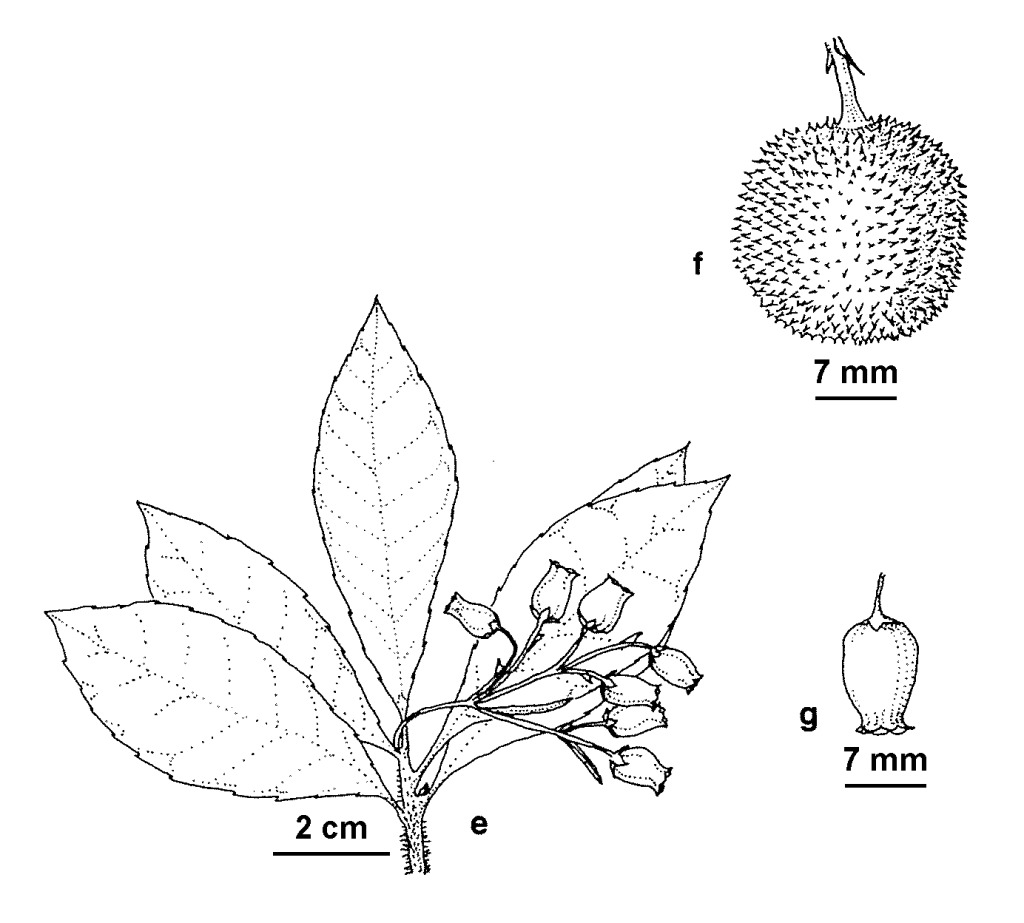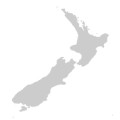Arbutus unedo
L. Irish Strawberry TreeTall shrub or tree to c. 10 m high, young stems with spreading, gland-tipped hairs, bark flaky. Leaves ovate to obovate, 3–9 cm long, 15–35 mm wide, thickish, dark green and glabrous above, paler and sometimes with scattered fine bristles along the midvein below; margins serrate (rarely entire). Flowers in racemes or panicles 2–9 cm long; bracts acute, 2–5 mm long, continuous with rachis; sepals broad-deltoid, obtuse, c. 1.5 mm long; corolla 8–10 mm long, waxy, white or pinkish, with rounded, strongly recurved lobes 0.5–1 mm long. Berry orange-red when ripe, 13–20 mm diam., the skin roughened by conical tubercles. Seeds flattened-ellipsoid, somewhat winged. Flowers May–Aug.
GleP, VVP, GipP, Gold, CVU, HSF, HNF, Strz. Also naturalised SA, Tas. Native to southern Europe, Ireland. Occasionally naturalizing from cultivated plants (e.g Halls Gap, Creswick, Hurst-bridge, Dandenong Ranges, Mornington Peninsula), probably from bird-dispersed seed, but large infestations in native vegetation appear to be unknown.
Walsh, N.G. (1996). Ericaceae. In: Walsh, N.G.; Entwisle, T.J., Flora of Victoria Vol. 3, Dicotyledons Winteraceae to Myrtaceae, pp. 509–514. Inkata Press, Melbourne.
 Spinning
Spinning


